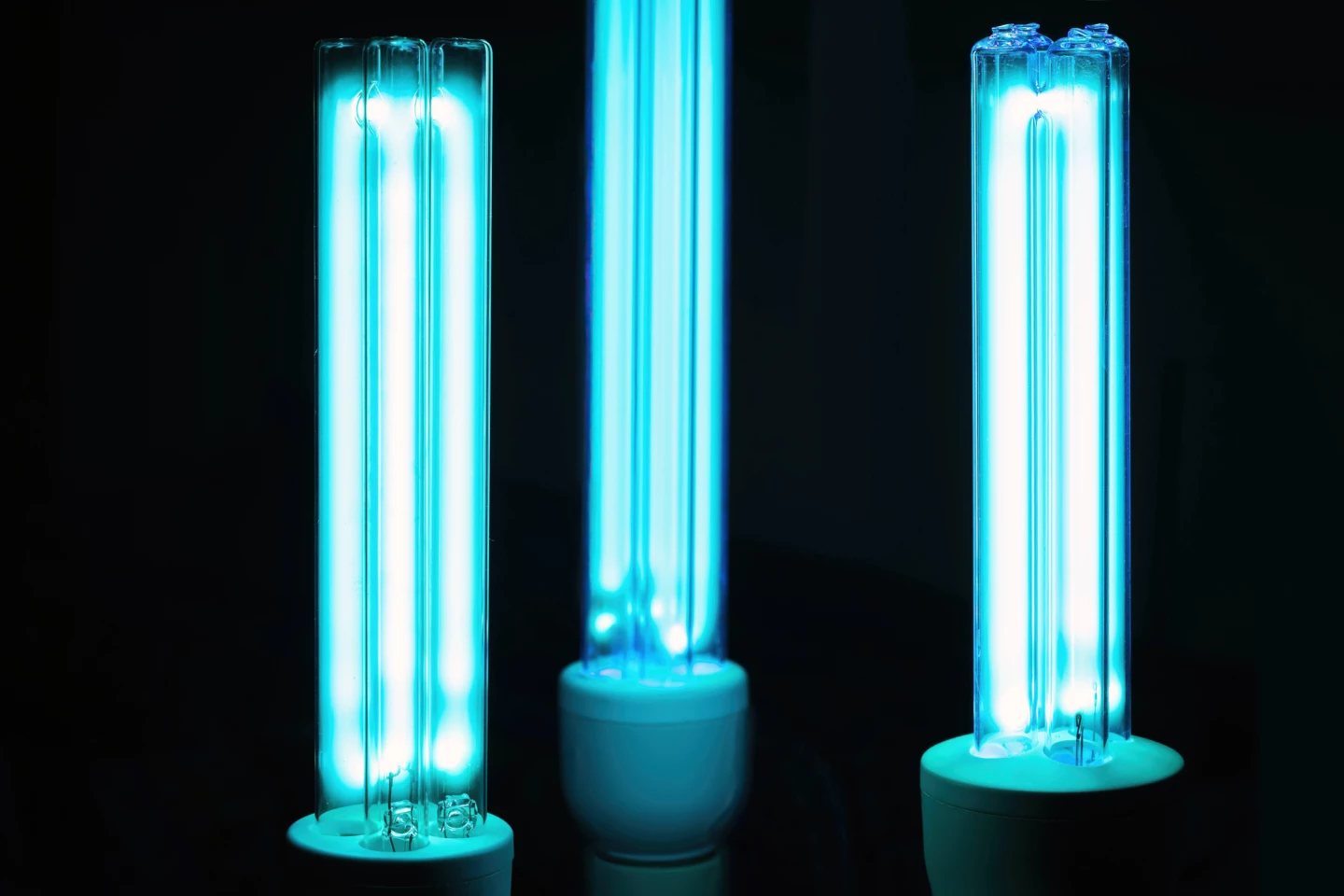Scientists have shown that far-UVC lights, which are already commercially available, can rapidly break down common airborne allergens, offering a safe and fast new way to ease asthma and allergy triggers indoors.
Airborne allergens derived from indoor and outdoor sources such as dust mites, cats and dogs, fungi, and plants can trigger allergic reactions ranging from mild to severe, including itchy eyes, sneezing, coughing, and difficulty breathing. Repeated exposure to aeroallergens is also associated with the development or exacerbation of asthma.
A new study by researchers at the University of Colorado Boulder (CU Boulder) investigated a new way to inactivate aeroallergens in the home: ultraviolet, or UV, light. And the best news is that lights that emit this wavelength are already available.
“We have found that we can use a passive, generally safe ultraviolet light treatment to quickly inactivate airborne allergens,” said lead author Tess Eidem, PhD, a senior research associate in the Department of Civil, Environmental and Architectural Engineering at CU Boulder. “We believe this could be another tool for helping people fight allergens in their home, schools or other places where allergens accumulate indoors.”
The researchers assembled a controlled 10-m3 (353-ft3) chamber that mimicked indoor air conditions and aerosolized allergens – dust mites, cat and dog dander, mold, grass, and birch pollen – into particles 10 µm or smaller, which are similar to those that people actually inhale. The chamber was exposed to UV light with a wavelength of 222 nanometers, also known as “far-UVC light.” Unlike light from regular UV lamps (254 nm), light from UV222 lamps can’t penetrate deeply into human skin or eyes, so it’s considered safer for occupied spaces. It can still kill germs, such as viruses and bacteria, though. A control chamber with no UV exposure was used as a comparison.
Air samples were collected every 10 minutes for an hour, using a condensation capture device. Allergen levels were measured with a commercial immunoassay (MARIA test), which detects allergens based on whether antibodies can still “recognize” their structure, just like the immune system would in allergic people.
UV222 lights disrupted allergen protein structures, reducing antibody recognition. Within 30 minutes, which is a realistic indoor air exchange time, allergens dropped by about 20% to 25% after UV222 exposure. Some allergens were more resistant (e.g., cat allergen), while others were more sensitive (e.g., birch pollen).

“Those are pretty rapid reductions when you compare them to months and months of cleaning, ripping up carpet, and bathing your cat,” Eidem said.
Reduction in allergens occurred at safe UV222 doses, far below occupational safety limits for skin and eyes. The results suggest that UV222 doesn’t just kill microbes – which is how it’s commonly used – but can also alter allergen proteins, making them less likely to trigger immune responses.
The study’s limitations include the fact experiments were conducted in a controlled chamber, not real homes or workplaces. The study only measured reduced antibody detection, not actual allergy symptoms in people. UV lamps produced ozone at low levels, which could itself irritate lungs, though the researchers showed allergen reductions were not due to ozone.
While more research is needed to confirm whether immune recognition loss means symptom relief in allergic patients, these findings are encouraging. Potentially, UV222 lamps could be integrated into indoor air handling units, classrooms, or homes to passively and rapidly reduce allergen loads in real-time.
UV222 lights are already commercially available, mostly for industrial antimicrobial uses. Unlike long-term interventions such as allergen-proof bedding or pet diets, UV222 provides reductions within minutes, not weeks or months.
“Asthma attacks kill about 10 people every day in the United States, and they are often triggered by airborne allergies,” said Eidem. “Trying to develop new ways to prevent that exposure is really important.”
The study was published in the journal ACS ES&T Air.
Source: CU Boulder








